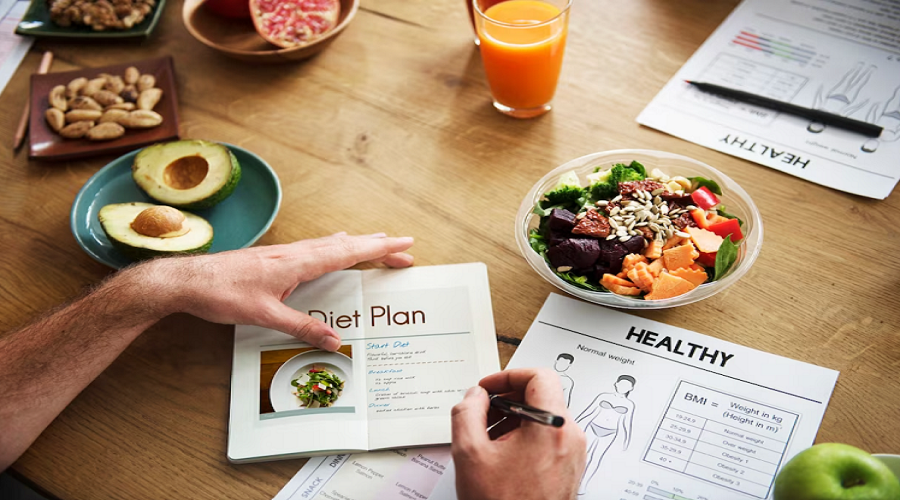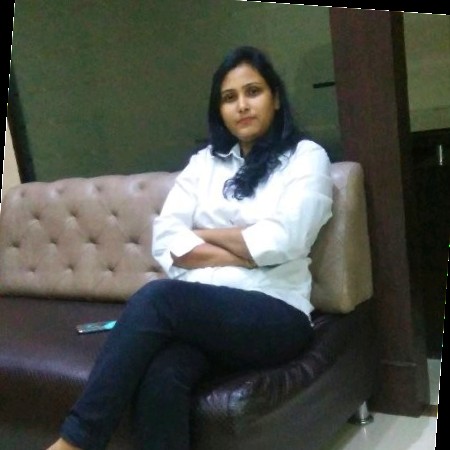
There are several types of millets that each have their unique health advantages. It’s been practiced for ages to include millet in your diet regularly. Before the Green Revolution, when rice and wheat were more widely available, the people of southern and central India regularly consumed millet.
Millets were temporarily neglected due to the increase in the production of rice and wheat. However, they have recently resumed their place in the cooking area and in the hearts of people who are health aware.
Millets are rough grains that are very nutrient-dense. They are a good source of fibre, vitamins, minerals, and protein. Millets demand less water and soil fertility than other grains. Millets are sometimes referred to as “the poor man’s food grain” due to their extreme affordability. Millets have immense potential, which is increasingly being recognized by the world.
Millets can be divided into two main categories:
Husked grains
This second category includes millets like Kodo, Foxtail, and Little. These varieties have an inedible seed coat that must be removed before eating. One of the factors contributing to their declining popularity is the handling of these millets.
Naked grains
The term “naked grains” refers to millets like Jowar, Ragi, and Bajra that have been stripped of their fibrous, inedible husks. After being harvested, these millets don’t require processing. They can be eaten immediately upon cleaning. As a result, these millets are widely grown today.
Super food millets for a better weight gain diet plan & packages for health
When we eat things that our grandparents would have recognized, we’re aware that we are eating properly. We are all aware that our forebears and grandparents had long, robust lives. Their lifespan is influenced by a variety of lifestyle choices, such as working on the farms, living in a cleaner, greener environment, being less exposed to pollutants, etc. However, a lot of it also involved the food they consumed.
The secret was variety! They didn’t only consume wheat or rice, which sadly makes up between 60 and 80 percent of our daily diets; rather, their primary meal was produced from a wide range of grains. They consumed cereals, dried fruits, seeds, millets, legumes, sprouts, and a variety of herbs and spices.
Let’s concentrate on the function of millets in the developing bodies of babies in this blog. Millets are one of the simplest to digest and non-allergenic grains available, offer a wealth of nutrients, and have a sweet, nutty flavour. It happens to be one of the handful of grains that can help the body become more alkaline.
Cereals for infants
Millets are regarded as a suitable weaning diet for babies and a nutritious food for growing children because they are simple to digest. Beginning young aids in the development of a fondness for millet, which, thankfully, may be used in lieu of grains like wheat and rice to improve the nutritional value of traditional Indian recipes. Millets are a very wholesome and adaptable food. They are also thought to have the lowest grain allergies.
How and when should babies be given millet based on diet plan & packages for health?
Children must consume their mother’s milk until they are at least 6 to 8 months old. When they can chew on partially solid foods after that, millet can be gradually offered to them. Start with milder dishes like ragi porridge or bajra khichdi. It is better to start with a tablespoon and then increase the amount gradually. You can feed your child ragi or Jowar rotis as they become older, millet dosas, pancakes, or stews made of mixed vegetables and millets.
Can millet be offered at the same time as other foods?
Although millets are a good source of nutrition, your youngster shouldn’t solely eat them. For your child to grow and develop properly, a balanced diet should include cereals pulses, lentils, fruits and vegetables, nuts, seeds, and probiotics. Millets like foxtail and pearl also produce heat that is bad for the body. Utilizing these millets to make fermented foods like idli and dosa can help to reduce the heat. Another choice is to pair them with foods that are cooling, such as buttermilk, cucumber, green vegetables, or barley water, to offset the heat.
How much millet should infants consume?
Moderation is crucial in all situations. It is not advised to completely convert over to millet. Since it takes some time for the stomach and intestines to adjust to a new meal, it is best to begin adding millet to the diet of a child gradually. Constipation, bloating, and stomachaches might result from consuming a lot of millet at once.
In conclusion, millets provide the following health advantages.
- Rich in fibre and complex carbohydrates, which helps infants avoid constipation and keeps them fuller for longer.
- Calcium, manganese, phosphorus, copper, and magnesium are among the minerals and vital elements that are abundant in this food.
- Tryptophan, amino acids, flavonoids, and antioxidants are all abundant.
- When sprouted, it becomes even easier to digest and gluten-free. Babies should consume this since their digestive systems are still maturing, which is a major factor.
- enhances immunity
- And last, because they are wild grains, they are inherently pest-resistant. most of these foods are chemical-free and organic.
Conclusion
Millets become an important part of a diet plan for weight gain created by DIET4U Wellness, a Weight gain diet plan clinic in Bihar. This diet programme seeks to deliver a plentiful supply of meals that are both nutrient-rich and energy-dense by carefully adding millet. Millets provide energy-sustaining complex carbs that support calorie intake, a crucial component of healthy weight growth. Millets are included in a balanced diet plan by DIET4U Wellness, along with other necessary elements that support muscle building and general health, such as protein and healthy fats. The diet encourages steady and lasting weight gain while keeping an eye on general health and nutrition thanks to the combination of portion management and millet’s nutritional advantages.

Hello My Name is Dt. Ruksana Azhar and I am a certified dietician and providing online & offline services for Weight Management, PCOS/PCOD Management, Diabetes Management , etc. I have 12+ years of experience in the Apollo Hospital Delhi , Max Super Specialty Hospital Delhi, Lilavati Hospital Mumbai and VLCC healthcare Mumbai. I loves to write healthcare and lifestyle related blog. My favorite part of being a doctor is the opportunity to directly improve the health and wellbeing of my patients and to develop professional and personal relationships with them.



